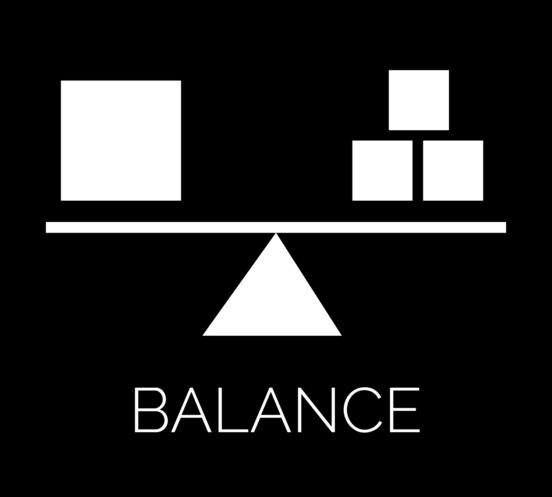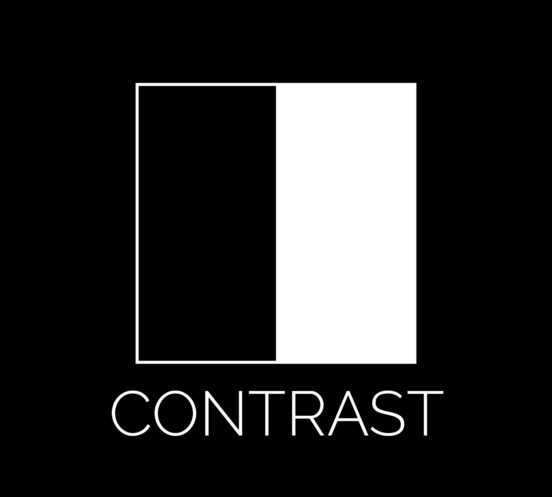THE PRINCIPLES OF DESIGN
We consume and get exposed to tons of information everyday. We also come across a plethora of designs on a daily basis. But we only remember a few of them well. Why is that?
hen we look at various designs, there’s a lot we derive out of it. Whether we get the message clearly is upon the placement of text, colours, layout and other aspects that constitutes for a good design to communicate the message effectively.
This is one of the most important things that make us remember some designs / ads over others. This brings us to the topic of Principles of Design, where we lay down some essential principles to help your design stand out
Before we begin, let’s answer a quick question – What is Graphic Design? Well, graphic design is the ‘art’ of communication combining text, colours, images and symbols. These are elements of any form of design that is created by using Layouts, Images and Typography.
Though all these are used by every designer, how one uses is what makes the difference. Let’s now look at the key principles of design that can lead to success stories for graphic designers.
- Balance – Balance is the way objects or elements are arranged and distributed in a design to maintain stability. As a graphic designer, it is important to apply this principle to obtain stability. Balance ensures smooth flow of communication by giving the design visual equality in the form of shapes, objects, colours etc. Balance can be symmetrical (the elements used on one side of the design are similar to those on the other side), asymmetrical (the sides are different but still look balanced) or radial (the elements are arranged around a central point and may be similar.)

- Repetition– Repetition is how elements in the design are repeated to obtain clarity on the communication. Repetition can be a great tool for leading the eye across a page, but without variation it can quickly become monotonous to look at. As a graphic designer, one needs to decide how quickly they want people to get exposed to their content. The more repetition you use, the quicker you content gets registered in your audience’s brain. But chances are, they might get bored easily. Repetition is a key element when it comes to branding, but it can also make for beautiful one-off designs. For example, repetition is a key ingredient when it comes to creating patterns and textures.
- Contrast – Contrast is using opposing elements to create interest in the design. E.g. – Opposite Colours, Contrast in Tone or Value, Contrast in direction – horizontal / vertical. Contrast is an essential principle of design to avoid your designs from getting stagnant. A single colour used throughout the design gets boring and your design ends up being flat and uninteresting.Contrast gives life to you designs and if used well, can serve as one of the crucial reasons of a successful design.

- Emphasis – Emphasis is the part of the design that catches the viewer’s attention. Usually, the artist will make one area stand out by contrasting it with other areas. The area could be different in size, colour, texture, shape, etc.Emphasis is of great use when you want part of your design to stand out among the rest.

- Hierarchy – Hierarchy in design is very similar to hierarchy in our daily routine or culture. Consider a corporate setup having 5 levels of management. The CEO will sit at the helm of everything as he is the most important figure in the organisation. Similarly, below him will be the senior management and then the junior management down till the trainee level. Similarly, hierarchy works in design with the most important aspects of the design at the forefront followed by the others in order of importance.

- Movement – Movement is a key part in art and graphic design. It is how the reader scans through the design and consumes information that is most important. Also, movement can be obtained by using transparency, blur effect to show literal movement (Example – A moving car, a flying bird).

Rules – Over the time, the debate over whether to apply rules or no has been constant. Some experts believe, design should follow rules strictly while the other set believes freedom is essential in creativity. While both the arguments are true, it is important to understand the rules to be able to break them. Yes, not all piece of art can follow every rule to get great work done. But, in order to create something extravagant and different, one needs to know the rules perfectly only to be able to play with them.

